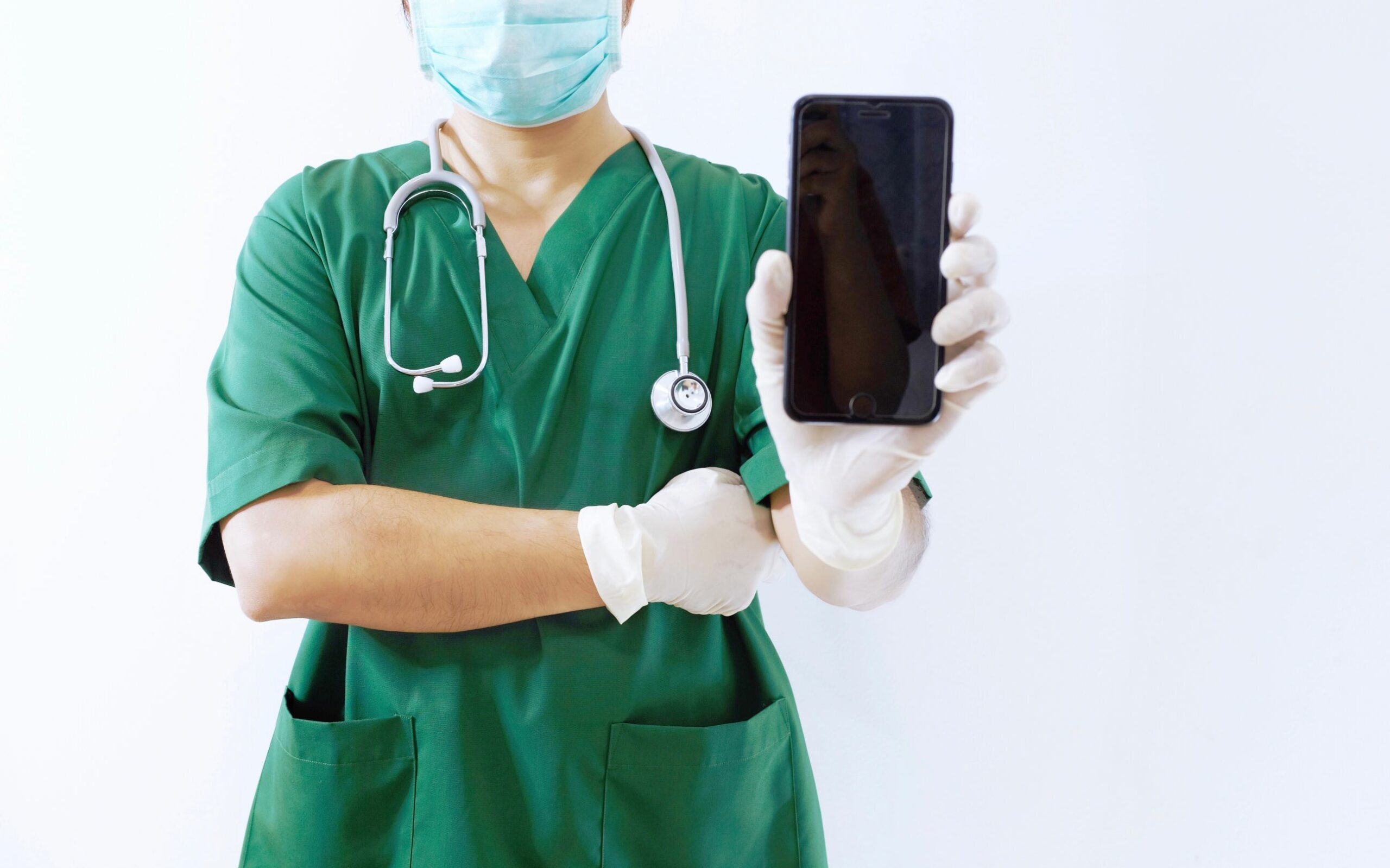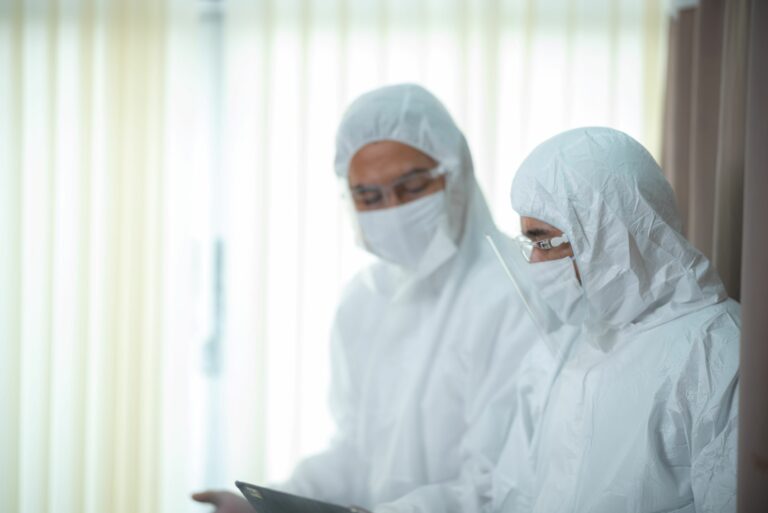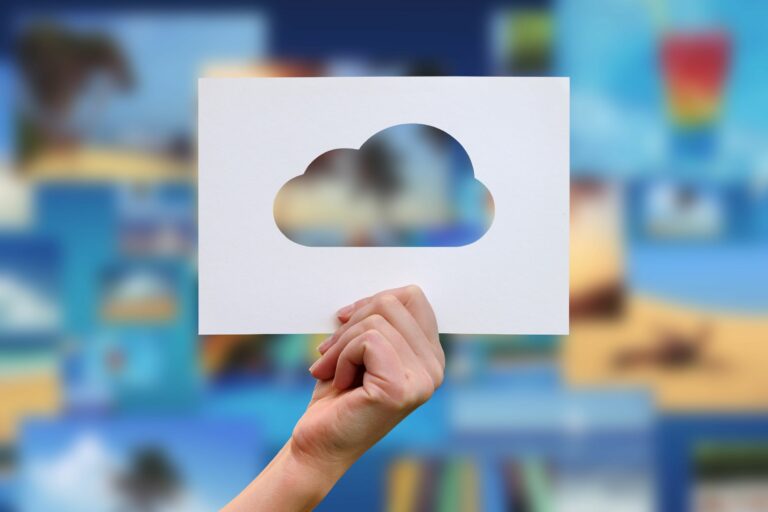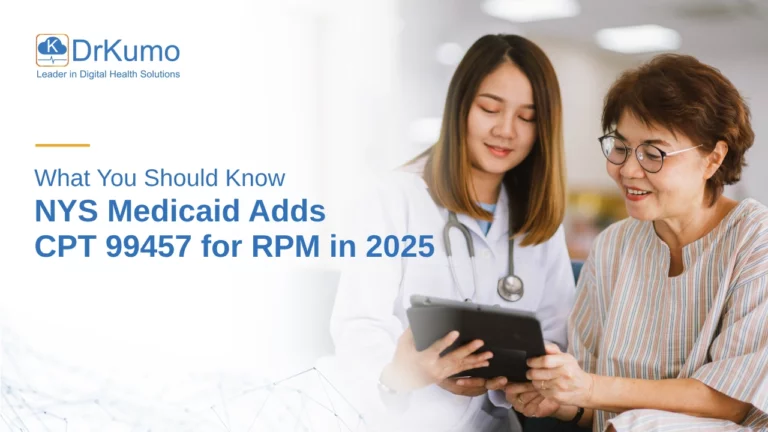Health Technology is designed to increase the productivity of hospitals, clinics, and health administration services while improving healthcare access and quality. The World Health Organization (WHO) defines healthcare technology as the application of structured knowledge and skills in equipment, medications, vaccinations, procedures, and systems that are produced to solve a health problem and improve people’s quality of life.
The rapid advancements of technology bring about substantial transformations, especially in the healthcare industry. Here is a list of 9 health technologies every executive should be excited about in 2022.
1. Artificial Intelligence (AI)
Artificial intelligence (AI) refers to a machine’s ability to mimic human qualities such as reasoning, learning, planning, and creativity.
In the healthcare industry, the massive amount of data produced and collected over time cannot be analyzed without the assistance of AI, making one of it the most desired technologies among healthcare leaders. With AI-enabled tools, complicated and voluminous collections of data from photos, notes, sensors, devices, and records can be separated to identify trends that might help improve patient care and aid researchers in generating enhanced medical condition therapies.
2. Blockchain
Although most people tend to associate blockchain technology with the cryptocurrency scandal, blockchain is actually a technology that provides one of the most advanced security. Blockchain is a data that can only be added or appended to but can never be deleted or altered, creating a chain of data. Since data cannot be deleted or changed, blockchain is very secure as everything is recorded in the system. As such, numerous sectors are incorporating and utilizing blockchain technology, including the healthcare industry.
In the healthcare industry, blockchain systems provide a transparent ledger comprised of distributed records that cannot be altered without recording the said alteration. Healthcare professionals use blockchain technology to encrypt and anonymize patient data while enabling interoperability and transparency across remote, diversified, and highly fragmented healthcare systems.
3. Robotics for Medical Care
Robotics is a field of computer science and engineering. Robotics is the study of robots’ design, manufacture, operation, and use. The purpose of robotics is to create machines capable of assisting human beings.
In the healthcare industry, robots are being utilized to assist surgeons and nurses during surgery. They are often known as robotic surgery. It enables doctors to execute various complex procedures with greater control, precision, and flexibility than is feasible with traditional methods. The most typical clinical robotic surgical system consists of a mechanical arm and a camera arm attached to surgical instruments. The surgeon controls the mechanical components via a computer console beside the operating table, providing a magnified and finely detailed 3-D picture of the surgical area.
4. Big Data and Analytics
Big data refers to data sets that are too voluminous and too complex for typical relational databases to acquire, maintain, and handle with minimal latency. On the other hand, big data analytics is the application of advanced analytical techniques to extremely large, heterogeneous big data sets. These sets may contain structured, semi-structured, or unstructured data from various sources and range in size from terabytes to zettabytes.
Big data and analytics (BDA) are critical resources for public and private organizations and healthcare facilities in the fight against the COVID-19 pandemic.
In the healthcare industry, BDA provides the ability to analyze more data at a faster rate allowing the use of data more efficiently to answer critical issues. BDA enables healthcare providers to use massive amounts of data from various sources to detect health risks and threats, allowing them to respond quickly and effectively.
Further, healthcare executives can rely on BDA to address healthcare issues like high readmission rates, high-risk patient care, staffing issues, dosage errors, and much more.
5. Virtual and Augmented Reality
Virtual Reality (VR) and Augmented Reality (AR) are the next extraordinary technological trends. Virtual reality immerses the user in their world, whereas augmented reality enriches it. Although these technologies were mainly applied to gaming, they are now being used in training for United States Navy, Army, and Coast Guard ship captains and other industries.
In the healthcare industry, virtual reality (VR) and augmented reality (AR) has various practical uses, including surgical training and planning, which assist both patients and surgeons in becoming more comfortable with medical operations. Additionally, AR and VR can aid in treating mental health and chronic pain management.
6. Digital Therapeutics
Digital Therapeutics (DTx) is a digital health sector comprised of technologies, goods, and services across the healthcare and wellness industries. The word was coined in 2015 to refer to evidence-based behavioral treatments offered online and enabled by software that can improve healthcare’s accessibility and effectiveness while also preventing, managing, or treating diseases. DTx is used in conjunction with medications and technologies to enhance patient care.
DTx programs continuously monitor blood sugar levels, drug regimes, nutrition, and exercise to provide a comprehensive picture of the patient’s health to the clinician. In other words, these measurements can provide an illuminating snapshot of daily life and activities. Behavioral adjustments are necessary for diabetic control, as are customized interventions for depression and anxiety.
7. Predictive Analytics
Predictive analytics is a subset of advanced analytics that entails using models to make predictions about unknown future events or activities that affect decisions.
It is a field of study that employs a variety of approaches, including modeling, data mining, statistics, and AI tools, to evaluate historical and real-time data and generate future predictions. These projections provide a unique window into the future and enable the identification of future trends in inpatient treatment on both an individual and cohort level.
In the healthcare industry, predictive analytics enables physicians to deliver more accurate diagnoses and treatment alternatives to their patients. It is used in conjunction with modern genetic sciences to identify patients at high risk and offer appropriate preventive advice. Further, predictive analytics is critical in determining and monitoring the readmission rate and strategizing how to manage it. Data insights can assist healthcare providers in better understanding individual health outcomes and forecasting high-risk areas within a community.
8. Internet of Medical Things
The Internet of Medical Things (IoMT) is a collection of medical devices and applications connected via online computer networks to healthcare information technology systems. Wi-Fi-enabled or Bluetooth-enabled medical devices allow machine-to-machine connectivity required for it to function.
The IoMT permits a dramatic shift in patient awareness. Individuals gain access to real-time data on their everyday activities and can make modifications along the way with trackers. If the device incorporates specific gamification aspects, rewards can motivate patients to live healthier lifestyles. As a result, technology has dramatically impacted, complementing a reasonable urge to maintain good behaviors with pure enjoyment.
On the other hand, providers can now receive notifications and participate more actively in their patients’ treatment. This new technology in healthcare generates a wealth of data on sleep patterns, eating habits, average activity level, and other aspects. With this data, healthcare practitioners may develop more realistic coaching programs and more precisely track treatment success.
9. Remote Patient Monitoring
Remote Patient Monitoring (RPM) is a healthcare delivery system that utilizes the most advanced innovations in technology to provide a streamlined collection of patient data allowing patient monitoring beyond the wall of medical facilities.
Health data are collected using medical devices powered by sensors. Subsequently, these collected data are securely transmitted to a database storage, where healthcare providers may have access at any time.
With the ability to track patients remotely, RPM helped reduce hospital readmission rates and increased patient satisfaction. Further, RPM contributes significantly to health equity, defined as widespread access to health services for everyone regardless of their geographical, social, economic, or political circumstances.
Takeaway
Healthcare technology is vital because it directly impacts global health and well-being. The evolution of the healthcare industry has been witnessed over the years. The pandemic impacts practically every sector, and medical professionals and economists are working feverishly to shore up the system and fix any holes.
Digital solutions have risen to the occasion and established themselves as a trustworthy friend in the battle to improve healthcare trends and services.
Digital solutions have shown potential as a reliable ally in improving healthcare services. It is geared toward achieving faster, more accurate diagnoses, more effective and affordable medications, and automated processes that relieve medical workers of their heavy workloads.
The above-mentioned health technologies are innovations that executives should consider and be excited about this coming 2022.








